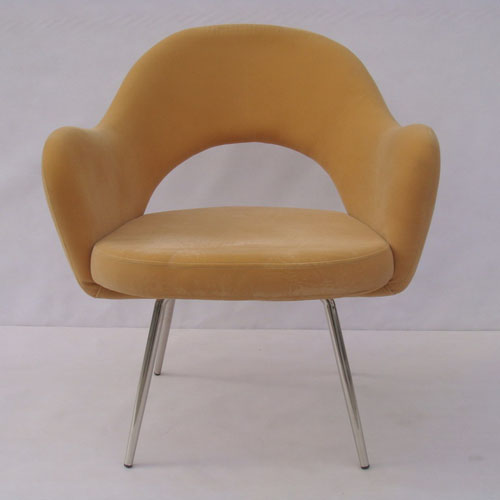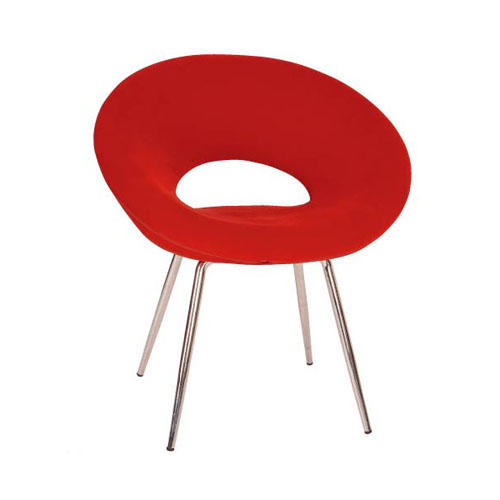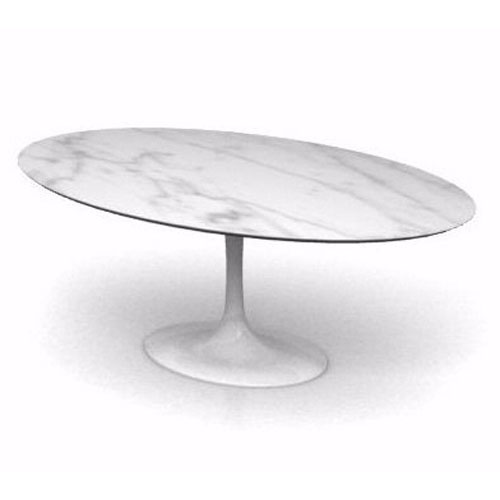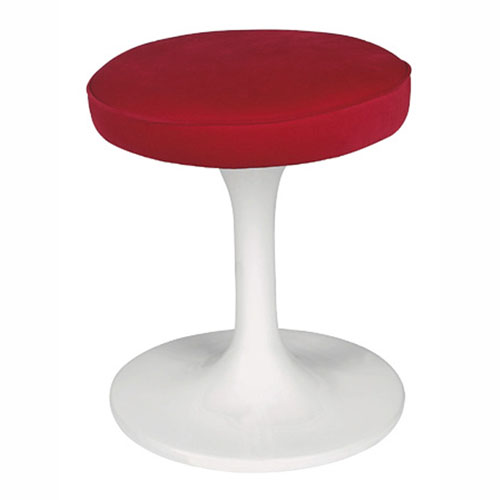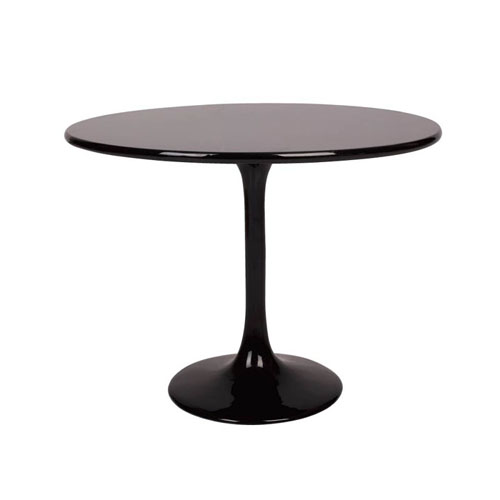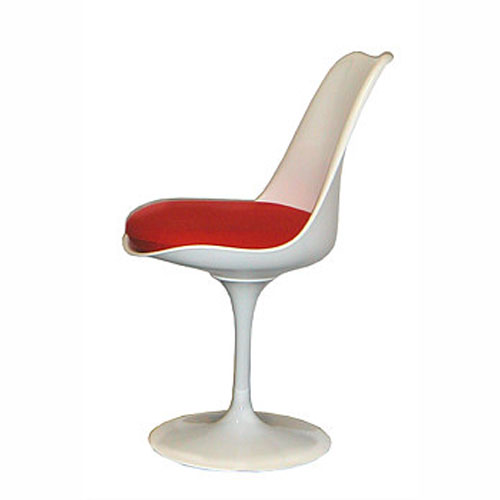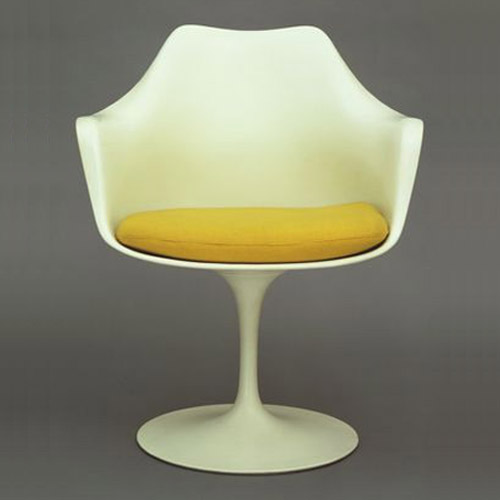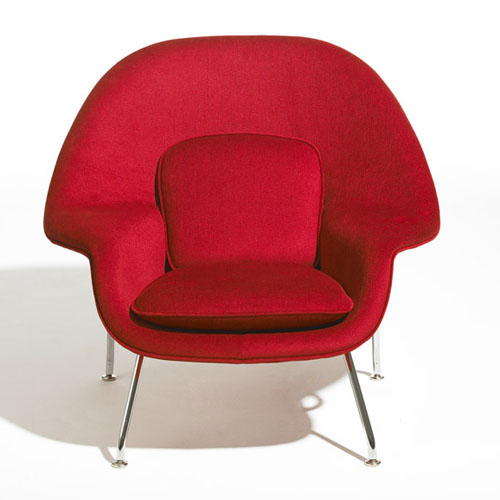Site Information
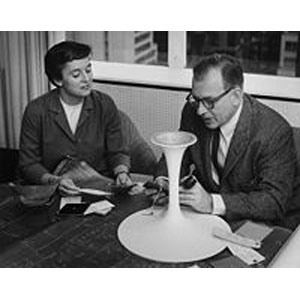 Eero Saarinen(August 20,1910–September1,1961) was a Finnish American architect and product designer of the 20th century famous for varying his style according to the demands of the project[citation needed]: simple, sweeping, arching structural curves or machine-like rationalism.
Eero Saarinen(August 20,1910–September1,1961) was a Finnish American architect and product designer of the 20th century famous for varying his style according to the demands of the project[citation needed]: simple, sweeping, arching structural curves or machine-like rationalism. Eero Saarinen, who was born in Hvitträsk, coincidentally shared the same birthday as his father, Eliel Saarinen [1]. Saarinen emigrated to the United States of America in 1923 when he was thirteen years old [2]. He grew up within the community of the Cranbrook Academy of Art in Bloomfield Hills, Michigan, where his father taught. Saarinen studied under his father at the Cranbrook Academy of Art and took courses in sculpture and furniture design. He had a close relationship with fellow students Charles and Ray Eames, and became good friends with Florence (Schust) Knoll. Beginning in September 1929, he studied sculpture at the Académie de la Grande Chaumière in Paris, France.[3] He then went on to study at the Yale School of Architecture, completing his studies in 1934. After that, he toured Europe and North Africa for a year and spent another year back in Finland, after which he returned to Cranbrook to work for his father and teach at the academy. He became a naturalized citizen of the U.S. in 1940. Saarinen was recruited by his friend, who was also an architect, to join the military service in the Office of Strategic Services (OSS). Saarinen was assigned to draw illustrations for bomb disassembly manuals and to provide designs for the Situation Room in the White House .[citation needed] Saarinen worked full time for the OSS until 1944.[3] After his father's death in 1950, Saarinen founded his own architect's office, "Eero Saarinen and Associates". He had two children from his first marriage, Eric and Susan.
In 1954, after having divorced his first wife, Saarinen married Aline Bernstein, an art critic at The New York Times. They had a son, Eames, named after his collaborator Charles Eames.
Home | Show Room | Material Option | Contact Us | Designers | About Us | Customer Service | New Products | Payment Method | Site Map
E-mail: sales@scotthowardcn.com TEL: +8613923852390
Copyright © 2010 www.scotthowardcn.com All Rights Reserved




